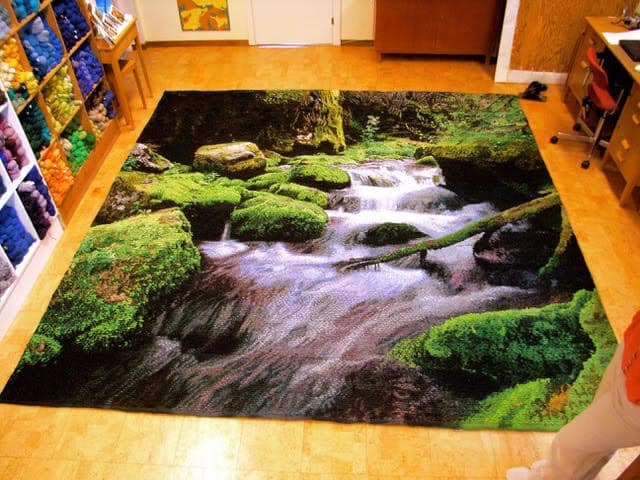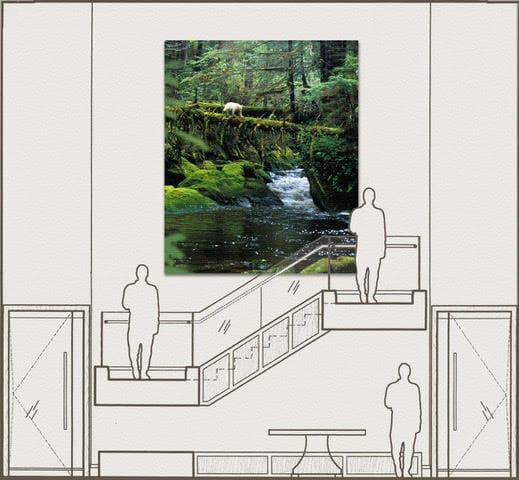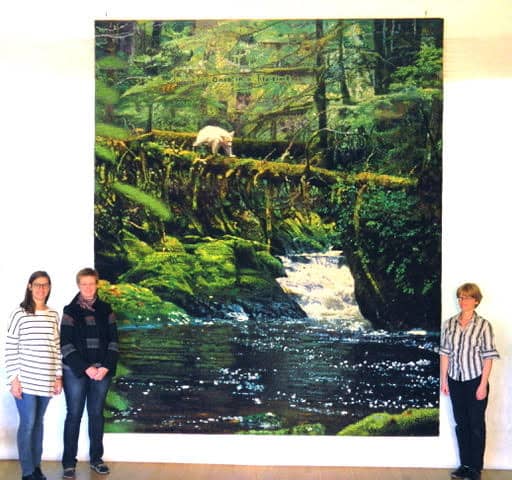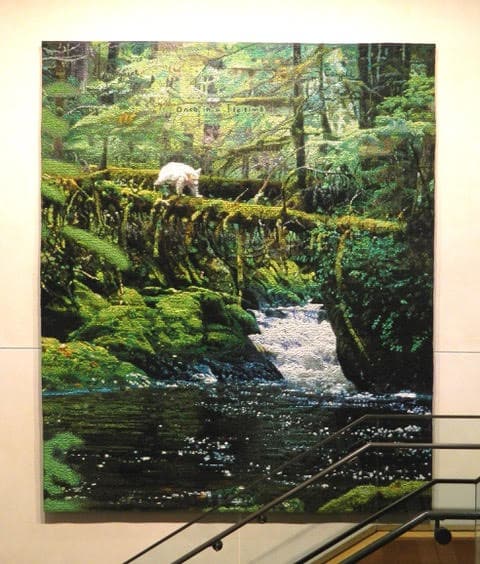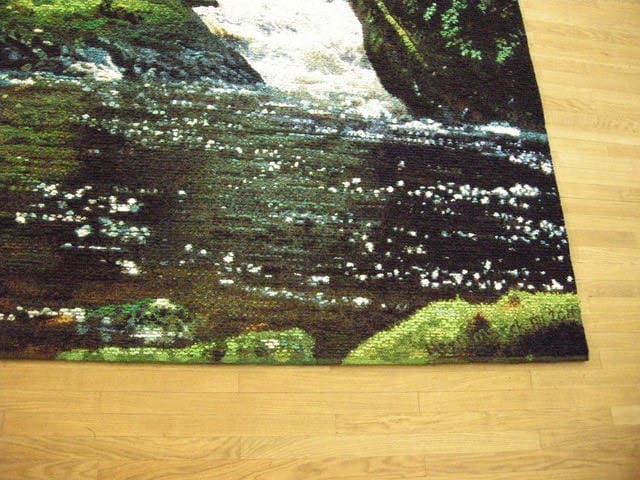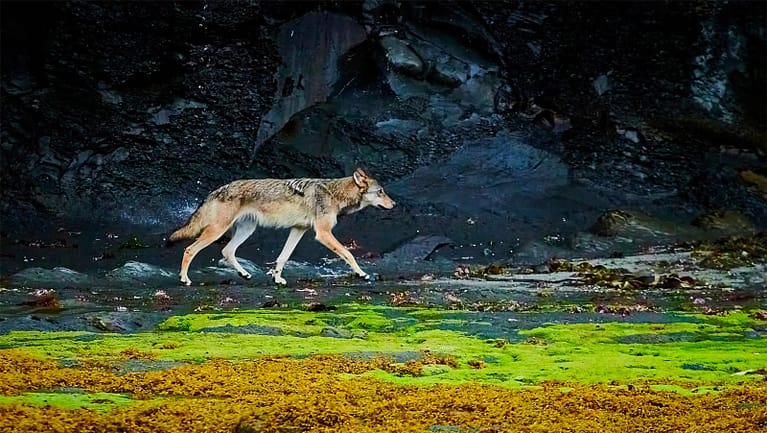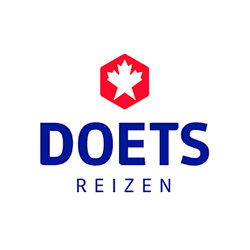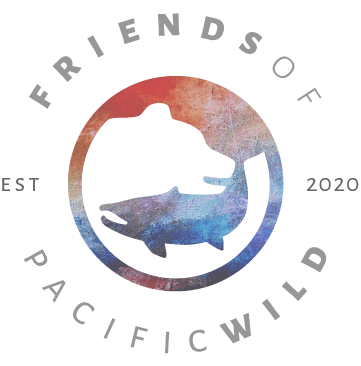This piece, created by internationally known textiles artist, Helena Hernmarck, was commissioned by Christy Morse. Christy helped create the Margaret A Cargill Charitable Foundation, which was launched after she – who was known as the Anonymous Benefactress – had passed away. Margaret was a grandchild of the founder of the Cargill Corporation, and as such very rich, but lived a quiet simple life. She did however for years support the American Swedish Institute in Minneapolis which is why Helena ended up being supported by her to make two tapestries, the other for ASI. Margaret also had a mentor in Hilma Berglund, the daughter of Swedish immigrants, a weaver and who taught Margaret crafts. ASI keeps Hilma’s archive and loom.
“I say it is because that friendship way back in the 1940s that I got to weave two important tapestries,” Helena says.
Helena chose to focus on the spirit bear theme since Margaret was so unknown, but had spent childhood years in the Pacific Northwest. It was Christy Morse who handed Helena Ian and Karen’s book of photos to introduce her to our world. Helena’s job was to persuade Ian that making a tapestry from one of his photos would not be an insult. She sent a picture of a tapestry which was made for a Swedish Museum in Falun, and depicts the wilderness of northern Dalarna. It is an area in the country where the greatest numbers of different mosses grow.
He was positive, and sent Helena a memory stick with 18 pictures capturing sightings with the white bears, and she chose the one you see below.
But first, here on the floor is ‘Mossklyftan’ on the floor of the weaving workshop in Sweden where it, and the Spirit Bear tapestry were both made. It was founded in the thirties by Alice Lund, who was one of Helena’s mentors. Helena apprenticed there while at art school, in 1960 and 1961.
